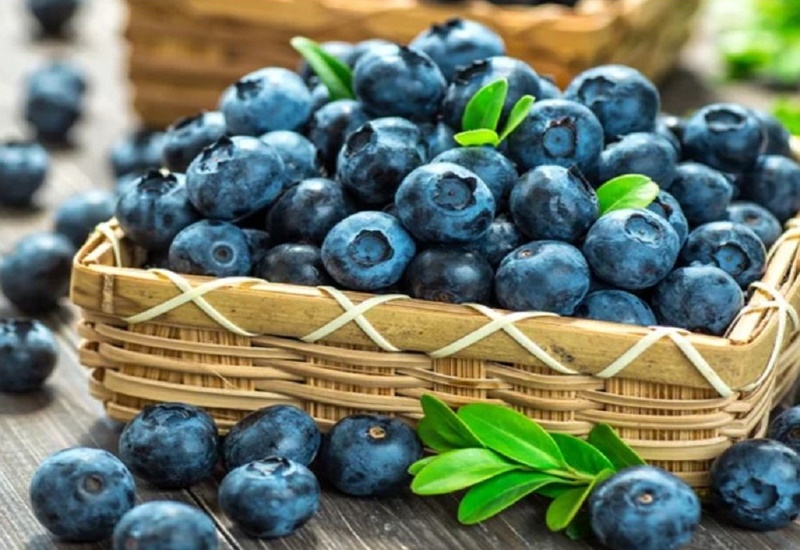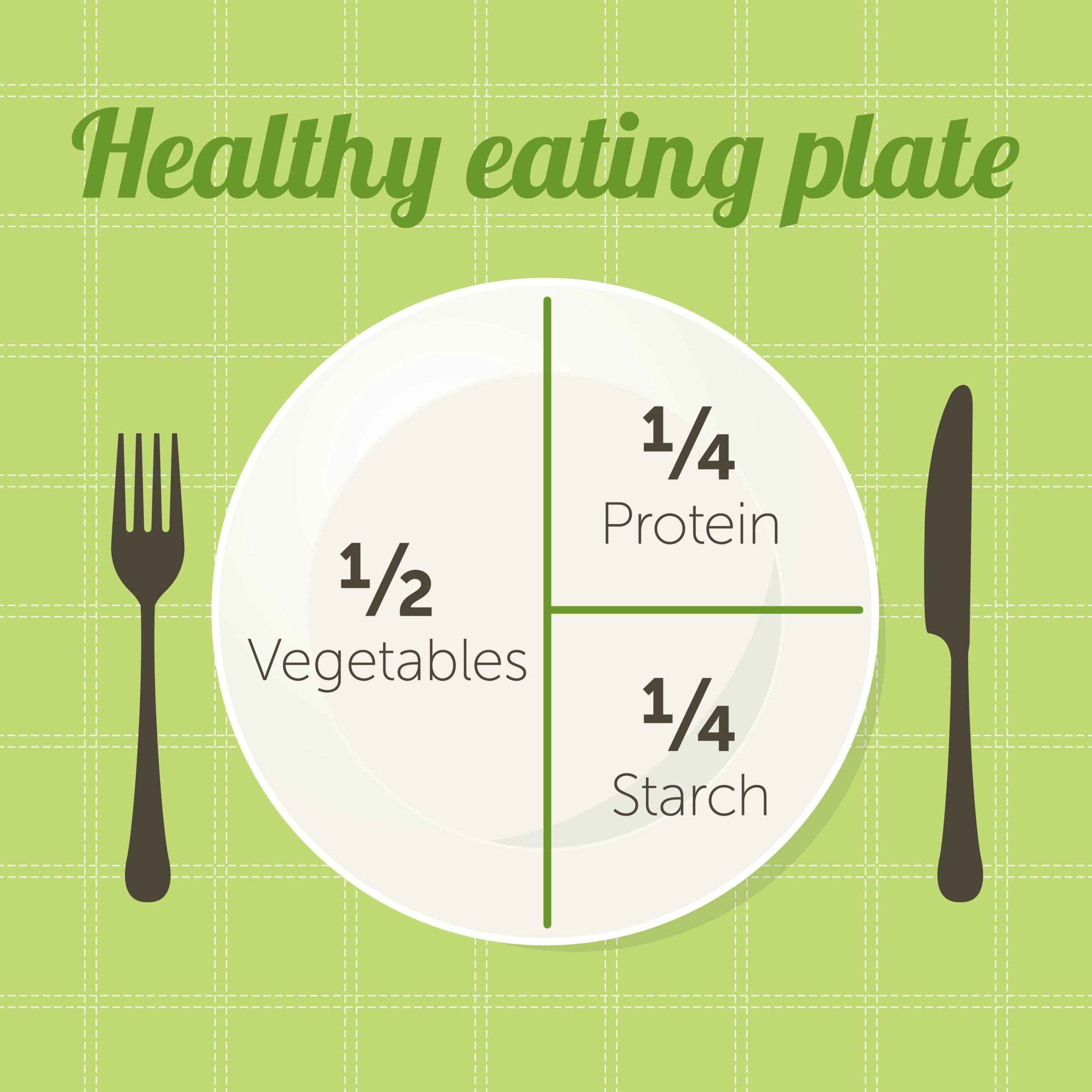Until now, what is superfood understood as a type of food that is rich in beneficial compounds, high in fiber, and packed with nutritious components for human health. However, do they truly possess superpowers as their name suggests? Let's explore this further with Soumak in the article below.
What is superfood?

Similar to genetically modified foods in Soumaki's previous article, superfoods are also human-created.
-
Origin
The term "superfood" emerged in the marketing industry in the early 20th century through a highly influential advertising campaign by the United Fruit Company. In their quest for increased profits, they released promotional materials proclaiming bananas as a daily, easily digestible source of nutrition. As a result, bananas quickly became a sought-after food everywhere.
As the popularity of this fruit spread, it was also given the nickname "superfood." For a period of time, doctors validated the role of bananas in dealing with certain conditions such as celiac disease and diabetes.
Before gluten was discovered, the American Medical Association believed that supplementing bananas in a child's diet would help reduce symptoms of celiac disease or even cure it
-
Superfoods = Superprofits
Following the story of bananas, what is superfood market has become a powerful playing field for many businesses, regardless of whether the evidence behind it is truly valid or not.
Simply using the term "superfood" suddenly generates billions of dollars in revenue. According to a Mintel study in 2015, there has been a global increase in the number of food and beverage products introduced to the market with labels such as "superfood," "superfruit," and "super grain," accounting for 35% of the total. The United States was identified as the leading country in introducing new products in this category.
Based on data from beverage and food startups, the top 13 trending ingredients recently include: pea protein, seaweed, ginger, turmeric, matcha tea, oats, quinoa, and chickpeas.
Superfoods compiled by nutrition experts
With the input of 1,173 nutrition experts, this is the most comprehensive collection of data from active nutrition professionals in the field, including the following foods:
|
Fermented Foods
|
Yogurt and kimchi rank first, possibly due to their immune-boosting and gut-enhancing benefits.
|
|
Blueberries
|
Blueberries help protect cells against the damage caused by free radicals and may reduce the risk of cancer, heart disease, and other illnesses. Additionally, antioxidants are crucial for the development of strong and healthy hair, nails, and skin.
|
|
Chia Seeds
|
In their raw form, chia seeds are rich in antioxidants, minerals, fiber, and omega-3 fatty acids.
|
|
Golden berries and acai berries
|
Both golden berries and acai berries are rich in antioxidants and have the ability to help protect the body against the impact of free radicals. They are also believed to have the potential to improve cholesterol levels in the blood, supporting heart health.
|
|
Avocado
|
Avocado contains antioxidants such as vitamin E, carotene, and lutein, which help protect the body against the impact of free radicals. These compounds can potentially reduce the risk of cardiovascular diseases and cancer.
|
|
Green Tea
|
Green tea contains antioxidant compounds, primarily catechins, with EGCG (Epigallocatechin Gallate), considered one of the most potent antioxidants. These antioxidants help reduce inflammation, protect cells from damage, and support the recovery process after injury or illness.
|
|
Quinoa Seeds
|
Quinoa is rich in fiber and contains all nine essential amino acids. It is also a source of vitamins B6 and C…
|
|
Lettuce
|
Lettuce contains a significant amount of protein, providing essential amino acids for muscle and immune system function. Protein is an important component for building and maintaining muscles, recovering muscles after exercise, and supporting the recovery process after injury.
Additionally, lettuce is also a good source of flavonoids, a group of antioxidants and anti-inflammatory compounds. Flavonoids have the ability to reduce the risk of chronic diseases such as heart disease and cancer.
|
No superfood available

In the early 21st century, there was strong advertising promoting blueberries as an antioxidant-rich fruit, leading to its popularity. Antioxidants are molecules that have the ability to minimize the harmful effects of free radicals in the body. However, after it was determined that antioxidants do not have a sole role related to free radicals, the USDA withdrew the information and removed the database related to superfoods.
Currently, no country in the world, including Vietnam, uses the term "superfood" with clear authentication. This is because no single food naturally contains all the necessary and balanced nutrients according to human needs (except for breast milk in the first 6 months). Therefore, there are no specific criteria to determine what a superfood is.
Building a super plate instead of a superfood
Despite the scientifically proven health benefits of certain foods, the concept of elevating them to the status of "superfoods" often tends to be more marketing-driven than focused on ensuring optimal nutrition. This becomes problematic when people prioritize the marketing aspect rather than the actual nutritional value of each food.
Instead of fixating on the term "superfood," an alternative approach is to build a diverse and balanced plate of food.
Healthy Eating Plate was created by nutrition experts at the Harvard School of Public Health and the editors of Harvard Health Publications.
A balanced plate can include the following components:
-
Fruits and vegetables: This includes green leafy vegetables, fresh fruits, and dried fruits. They provide essential fiber, vitamins, and minerals.
-
Protein sources: This includes meat, fish, poultry, legumes, and dairy products. These are sources of protein and essential amino acids needed by the body.
-
Carbohydrate sources: This includes grains, whole grains, nuts, potatoes, and seeds. They serve as the main source of energy for the body.
-
Healthy fats: This includes beneficial fats such as olive oil, flaxseed oil, walnut oil, and various nuts. It's important to maintain a balance between saturated and unsaturated fats in the diet.
-
Calcium sources: This includes milk, yogurt, cheese, tofu, and various nuts. Calcium works together with vitamin D to build and maintain bone health.

See more: Vitamins & minerals - a source of micronutrients for the body
Conclusion
The term "what is superfood" is not an official term recognized by the government or healthcare organizations. Superfoods won't be super if you misuse them or use them for the wrong purposes. Instead of excessively searching for and categorizing various types of food, it is advisable to understand what nutrition is and improve your diet.
If you are interested in more articles about nutrition, please check out our other posts on our blog!